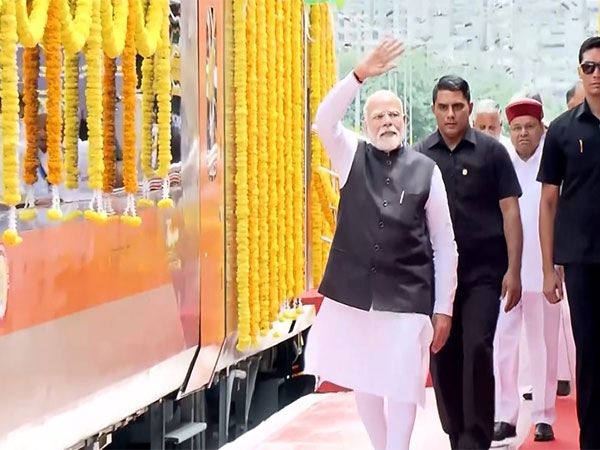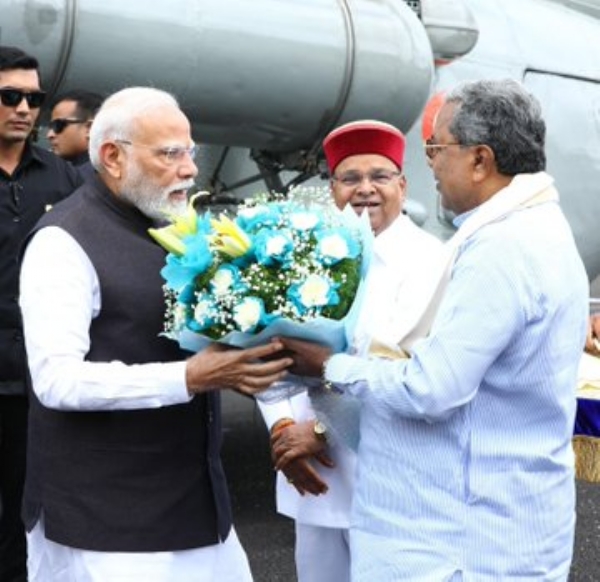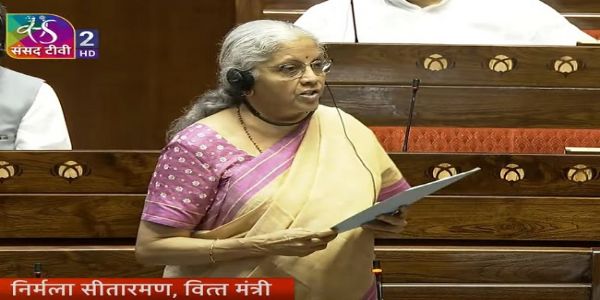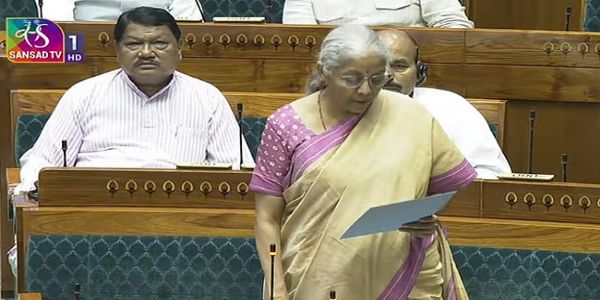

Bengaluru/Delhi, August 10(HS): Prime Minister Narendra Modi arrived in Bengaluru on Sunday to spearhead a sweeping infrastructure push aimed at transforming connectivity within Karnataka and beyond. He was received at the airport by Governor Thaawarchand Gehlot, Chief Minister Siddaramaiah, former Chief Minister and BJP stalwart B.S. Yediyurappa, as well as several senior state and central leaders.
The Prime Minister’s day began at Krantivira Sangolli Rayanna (KSR) Railway Station, where he ceremonially flagged off three brand-new Vande Bharat Express services, marking a significant expansion of India’s semi-high-speed rail network.
The highlight for Karnataka was the introduction of the Bengaluru–Belagavi Vande Bharat Express, an extension of the existing Dharwad–Bengaluru route. This premium service will operate six days a week, departing Belagavi at 5:20 a.m. to reach Bengaluru at 1:50 p.m., before returning from Bengaluru at 2:20 p.m. and arriving in Belagavi by 10:40 p.m. The route will link key commercial and industrial hubs including Tumakuru, Davangere, Haveri, Hubballi, and Dharwad, promising reduced travel times and enhanced passenger comfort.
Alongside this, two other strategic routes were inaugurated — the Amritsar–Sri Mata Vaishno Devi Katra Vande Bharat Express in Jammu & Kashmir, crucial for religious tourism in the Himalayan region, and the Nagpur (Ajni)–Pune Vande Bharat Express in Maharashtra, enhancing connectivity in the western industrial and educational corridor.
Following the rail sector boost, PM Modi switched focus to Bengaluru’s urban transit network to inaugurate the long-awaited Yellow Line of the Namma Metro. The 19.15-kilometre corridor — stretching from R.V. Road (Ragigudda) to Bommasandra — has faced nearly four years of delays but is now set to provide a seamless rapid-transit link between central Bengaluru and the southern IT hub of Electronic City.
The Yellow Line, intersecting at one of Bengaluru’s most infamous bottlenecks, the Silk Board junction, is expected to remove thousands of cars from the roads daily, drastically cutting commute times and easing traffic congestion. Officials estimate that lakhs of daily commuters, particularly those employed in the tech sector, will benefit from the corridor’s operationalisation.
To mark the launch, the Prime Minister personally boarded the Metro at RV Road and travelled to the Electronic City station, interacting warmly with passengers and metro staff. This symbolic first ride was intended to demonstrate the project’s readiness and the government’s emphasis on providing modern public transport infrastructure.
The initiatives launched on Sunday form part of a broader transport vision that integrates high-speed intercity rail with high-capacity urban transit. By simultaneously improving long-distance and intra-city connectivity, the projects aim to make Bengaluru not only more liveable but also more competitive as a global technology and business hub.
Officials from the Railways and Metro Rail Corporation have confirmed that both services — the Vande Bharat trains and the new metro line — will commence regular operations immediately, offering residents and travellers faster, safer, and more comfortable travel options.
By blending connectivity upgrades, regional integration, and technological advancement, Sunday’s inaugurations highlight the central government’s priority on infrastructure-led growth, particularly in India’s rapidly urbanising economic power centres.
---------------
Hindusthan Samachar / Jun Sarkar








